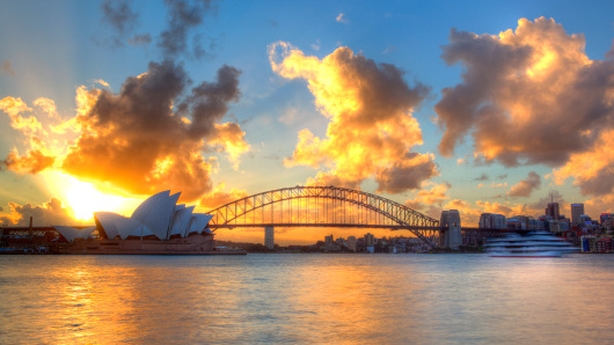Australia's economy outpaced all forecasts to grow at the fastest pace in almost two years during the fourth quarter of 2015, a hopeful sign the worst of the global commodity rout may be over for the resource-rich nation.
Australian gross domestic product (GDP) grew by 0.6% in the fourth quarter, from the previous quarter when it rose an upwardly revised 1.1%.
That propelled growth for the full year to 3%, well above the 2.5% that had been expected by both analysts and the Reserve Bank of Australia (RBA).
"Given Australia is going through the biggest mining pullback in our lifetimes, this is a pretty good outcome," David de Garis, a senior economist at National Australia Bank, said.
"Our baseline is that the RBA is done cutting rates, and these numbers only support that view," he added.
The central bank has held rates steady since May last year and just this week skipped a chance to ease, saying it saw "reasonable prospects" for growth.
Investors are still betting it will have to ease eventually given the headwinds facing the global economy, but likely not as quickly.
The RBA would prefer that any further stimulus come through a lower Australian dollar, but is being thwarted by the drastic easing of central banks elsewhere.
The Bank of Japan only recently joined the club of negative interest rates and the European Central Bank is widely expected to cut further below zero next week.
The slowdown in China also remains a major uncertainty since the Asian giant takes almost a third of Australia's exports.
Yet the RBA estimates the worst of the drag from mining will be over this year, while record low rates, rising house prices and a boom in home building continue to juice domestic demand.

Household consumption is clearly on the mend adding just over half of the economic growth seen over 2015, while home construction added another half a percentage point.
Overall, the Australian Bureau of Statistics reported the value of goods and services produced was worth A$1.63 trillion ($1.18 trillion), or around A$68,400 for each of its 24 million residents.
Annual growth of 3% handily topped the 2.1% boasted by Germany in 2015, as well as the 1.9% enjoyed by the US and UK, and Canada's 1.2%.

